10 herbs that will attract bees into your garden this summer
The best aromatic, ornamental and flavoursome herbs that will also draw bees and other friendly insects into your garden
Bees (honey bees, bumble bees, solitary bees and other bees) are vital for the pollination of one third of our basic food staples. These insects have been pollinating plants for millions of years, roughy as long as there have been flowers on the planet, giving us bountiful fruit, herbs and vegetable harvests.
However, honey bee colonies are declining and bumble bee populations reducing. While we may not be able to change the global situation on our own, each of us can try to make our gardens havens for bees by growing plants with simple and uncomplicated flowers, such as echinacea (above), from which the nectar can be more easily extracted, instead of choosing sophisticated, hybridised blooms.
Nurture your plants: How to start a compost pile – feed your garden for free

Herbs are among the most useful plants for attracting bees to our gardens. They grow well alongside other garden species, or in specially designed areas, and some are suitable for containers. Low-growing herbs, such as cotton lavender (the yellow, button-like flowers above) and thyme, can even be used to make fragrant green paths.
Anise hyssop (Agastache foeniculum): use the leaves for teas and flavouring.
Bergamot or bee balm (Monarda citriodora or Monarda fistulosa): try the leaves in teas.

Borage (Borago officinalis, above): use its blue flowers in salads and its leaves, which taste of cucumber, in summer drinks.
Get the Ideal Home Newsletter
Sign up to our newsletter for style and decor inspiration, house makeovers, project advice and more.
Chicory (Cichoria intybus): its slightly bitter leaves will make a good addition to a winter salad.
Chives (Allium schoenoprasum): you need to let the chives flower to attract bees. The onion-flavoured leaves and flowers taste good in omelettes, with new potatoes and in salads. They grow well in containers.
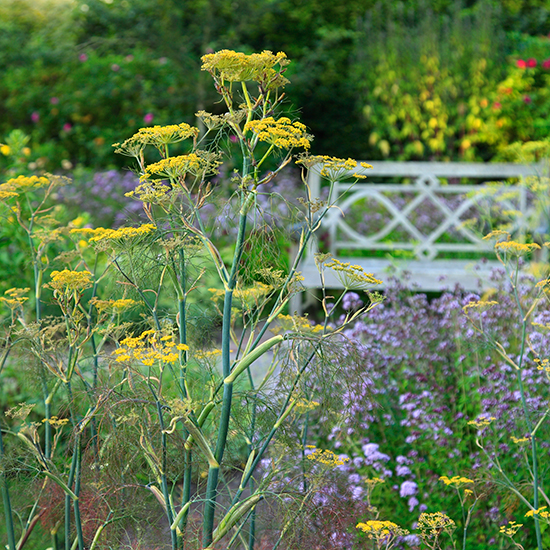
Fennel (Foeniculum vulgare, above): the seeds can be used to flavour, and the leaves with fish.
Feverfew (Tanacetum parthenium): a medicinal herb believed (though not proven) to reduce fever and treat headaches, arthritis and digestive ailments.
Hyssop (Hyssopus officinalis): used as a cough suppressant and by beekeepers to produce aromatic honey.
Lavender (Lavandula spp): the flowers can be used in baking and to flavour sugar. Use dried to fill sachets to fragrance drawers. Grows well in containers.
Lemon Balm (Melissa officinalis): the leaves are used to make Melissa tea, which promotes sleep. They are also used as lemon flavourings for stuffings, and to perfume baths.
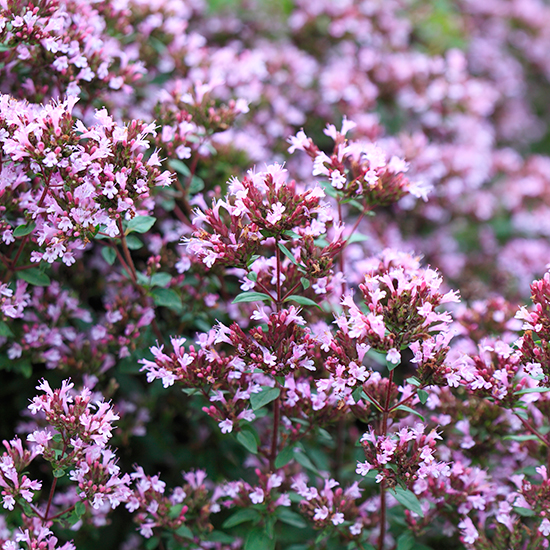
Marjoram (Origanum vulgare, above) and Sweet Marjoram (Origanum marjorana): popular for flavouring cooked dishes.
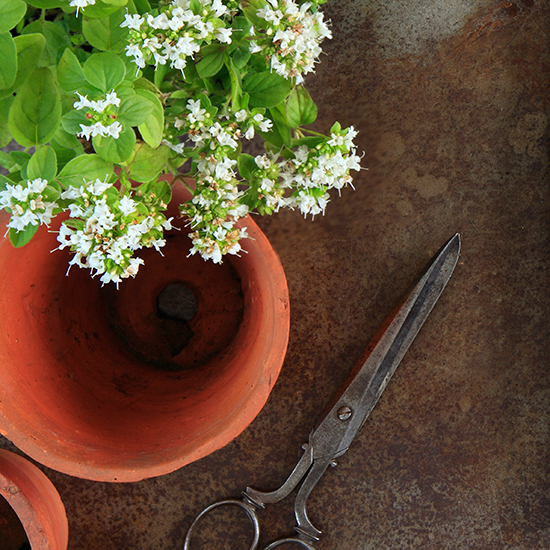
Mint (Mentha spp, above): the leaves can be used in teas and tisanes, in summer drinks and cocktails, as a flavouring in mint sauce and with new potatoes. If left to flower, the plant is a bee magnet and is useful in shady areas and in moist soil. Grow it in containers to keep it in check as it spreads to form large clumps.
Rosemary (Rosmarinus officinalis): the foliage is used in tea, to flavour meat and as skewers on barbecue. Flowers early in spring so useful early in the season for bees. Grows well in containers.
Sage (Salvia officinalis): the leaves can be used in teas and tisanes, and in stuffings for poultry and meat. If left to flower, the blooms are useful for bees. Grow in full sun and well-drained soil; good for containers.
Summer savory (Satureja hortensis) and winter savory (Satureja montana): the former is known as the bean herb as it goes so well with broad beans; grow it alongside broad beans and it may deter aphids. The leaves of both are good in soups and stuffings. Winter savory needs full sun and well-drained soil, and grows well in containers.
Tansy (Tanacetum vulgare): strongly aromatic, it is a good insect repellent.
Thyme (Thymus spp): the leaves can be used in stuffings and rubs in cooking, and can be mixed into salt. If left to flower, it is attractive in garden and lures bees. Needs full sun, well-drained soil and grows well in containers.
Attracting bees to the garden
- Bees need water but cannot swim, so provide a container with pebbles in the base and keep it just covered with water. Top it up regularly, especially in hot weather.
- As bees are active from early spring to early winter, create a bee-friendly garden that has plants that flower at different times during the season.
- Plant the bee-attracting herbs in relatively large groups, so that the pollinators can conserve their energy and find sufficient nectar in a small area.
- Honey bees like mass plantings as they tend to visit one plant type on their forage, while bumble bees tend to be more eclectic on a forage and visit lots of different types.
- Choose plants that are most like their original species, that is, they have not been hybridised or bred as novelty flowers, such as some new lilies without pollen-bearing parts.
- Double-flowered cultivars are not as nectar and pollen rich as simple, single flowers.
- Not all bees live in hives. Some can be found in burrows or in long grass. Solitary bees live in hollow twigs. You can buy bee hotels, or make your own using sticks, twigs and hollow canes. Hang the stick bundles from a tree in a sunny, dry part of the garden.
- Create a bee refuge in a quiet part of the garden, using old pieces of wood and broken terracotta pots.
- If you decide to keep bees, you will need to buy or make wooden hives.
Love your garden? Read: Jobs to do in the garden in April.
More information
- The British Beekeepers Association, www.bbka.org.uk
- Bumblebee Conservation Trust, www.bumblebeeconservation.org
- The Co-operative Plan Bee campaign, www.co-operative.coop/Plan-Bee
- Friends of the Earth Bee Cause campaign, www.foe.co.uk
- The Herb Society, www.herbsociety.org.uk
- Natural Beekeeping Trust, www.naturalbeekeepingtrust.org
- Neal's Yard Remedies Bee Lovely campaign, www.nealsyardremedies.com/bee-lovely
Tamara was Ideal Home's Digital Editor before joining the Woman & Home team in 2022. She has spent the last 15 years working with the style teams at Country Homes & Interiors and Ideal Home, both now at Future PLC. It’s with these award wining interiors teams that she's honed her skills and passion for shopping, styling and writing. Tamara is always ahead of the curve when it comes to interiors trends – and is great at seeking out designer dupes on the high street.
-
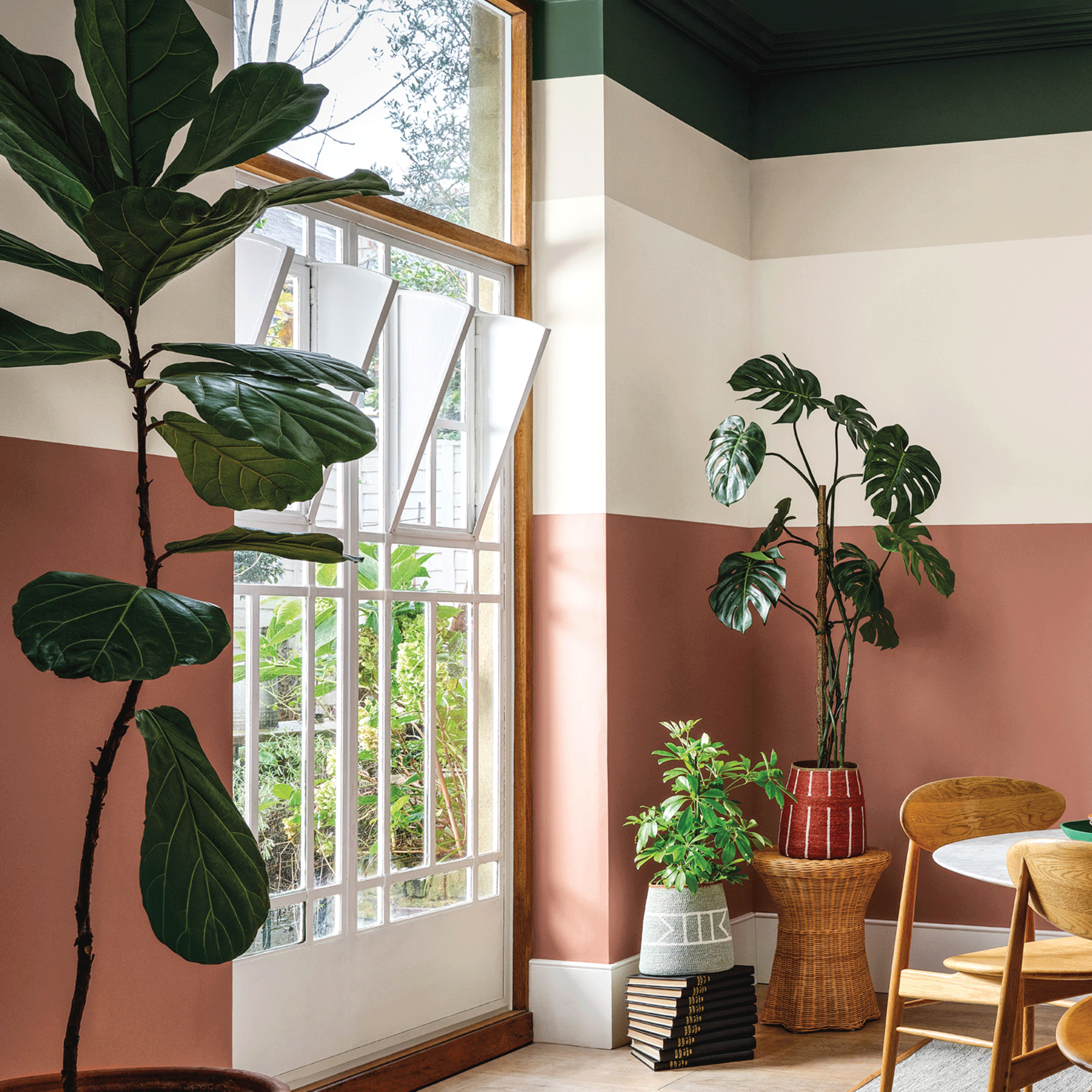 Crown Paint has launched new wall colours for the first time in three years, and changed how I think about neutral shades
Crown Paint has launched new wall colours for the first time in three years, and changed how I think about neutral shadesIs terracotta the ultimate neutral?
By Rebecca Knight
-
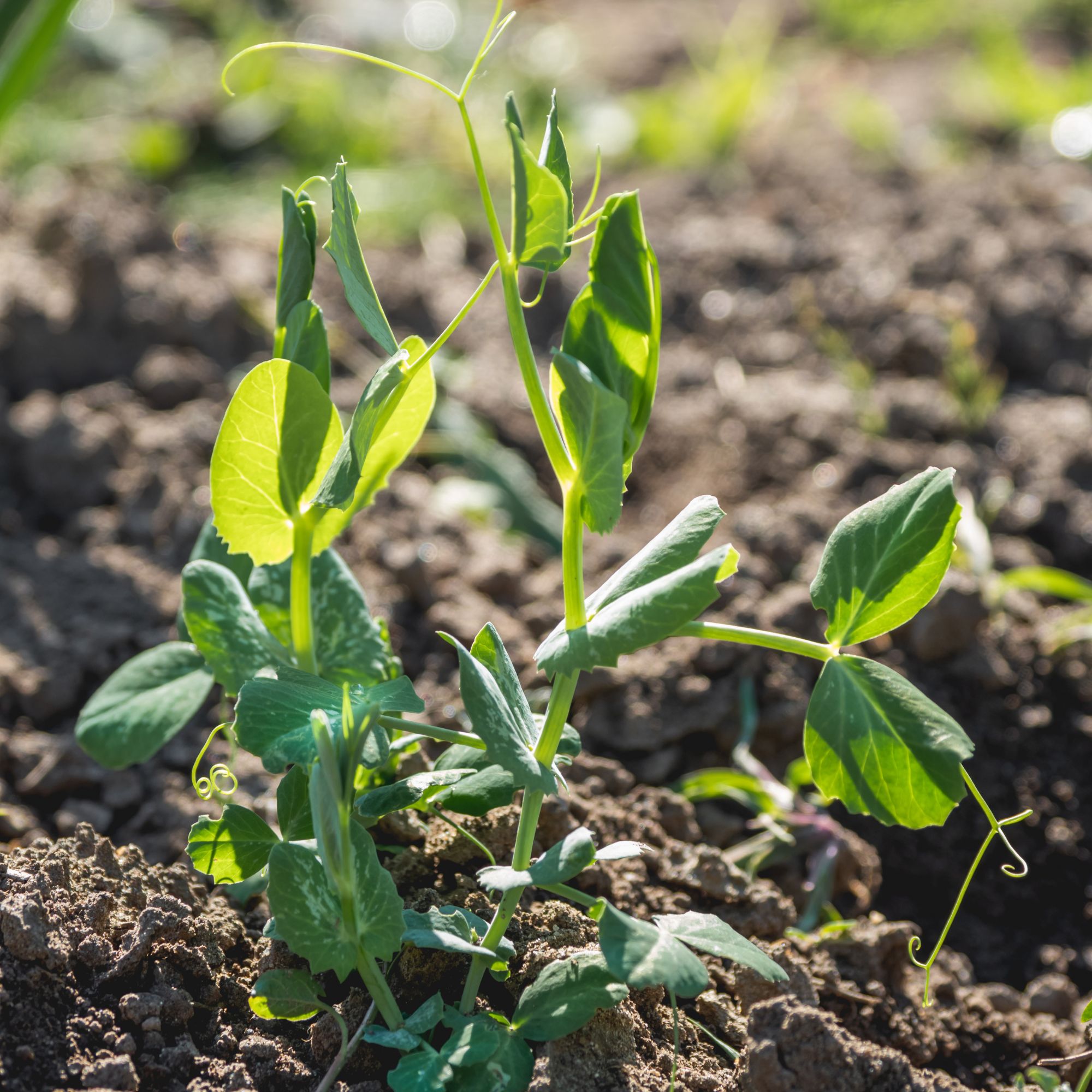 How to protect seedlings from birds – experts say there's a kind and clever way to stop them pecking
How to protect seedlings from birds – experts say there's a kind and clever way to stop them peckingYes, you can protect seedlings from birds without harming your feathered friends...
By Kayleigh Dray
-
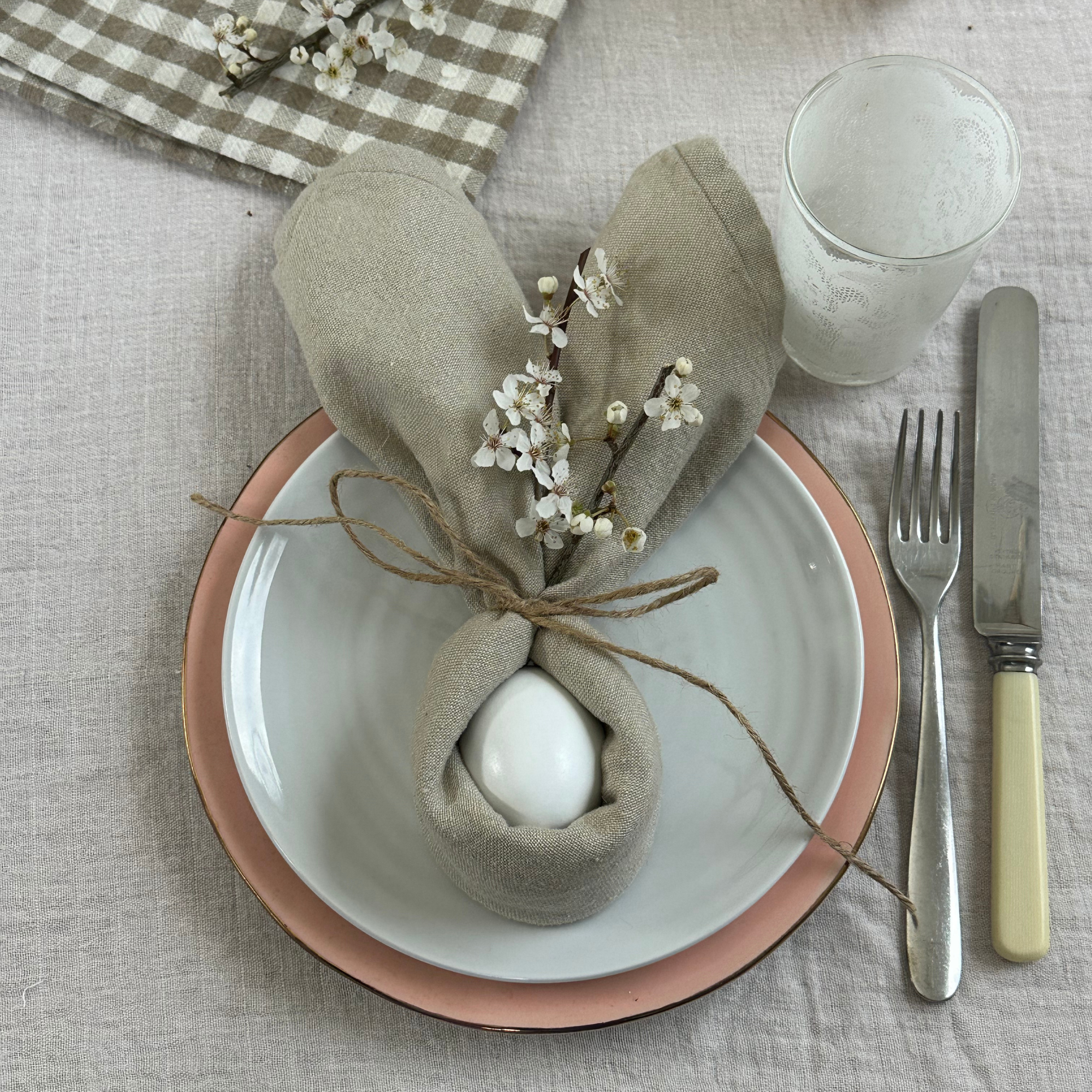 We tried the viral napkin bunny ears hack – it only takes five minutes and will take your Easter table to the next level
We tried the viral napkin bunny ears hack – it only takes five minutes and will take your Easter table to the next levelThis Easter craft is not only beautiful, but really easy to do
By Kezia Reynolds